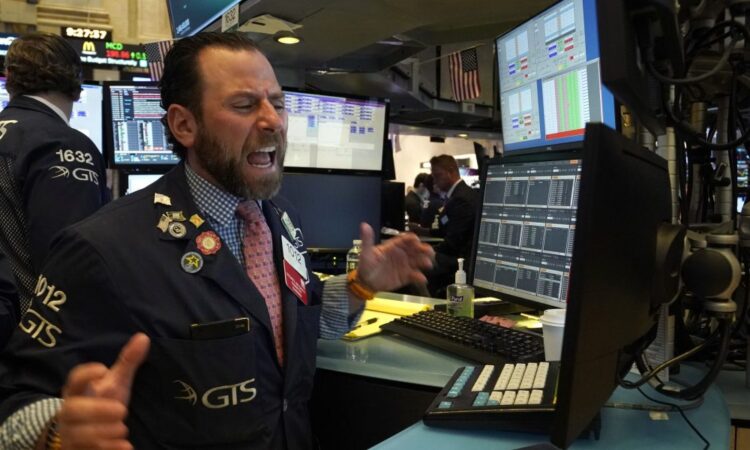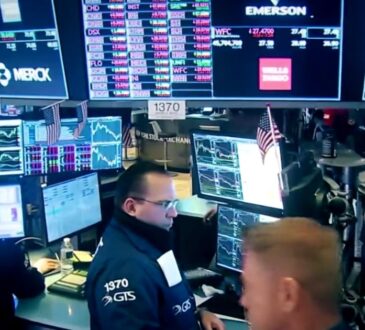
The slide in US equities over the past three weeks was the start of a selloff that is likely to deepen along with mounting macroeconomic risks, including rising Treasury yields, a strong dollar and elevated oil prices, says JPMorgan Chase & Co.’s Marko Kolanovic.
While earnings results from Corporate America this week may temporarily stabilize the market, it doesn’t mean stocks are out of the woods, the bank’s chief market strategist said.
Complacency around equity valuations, inflation staying too hot, dimming expectations for imminent Federal Reserve interest-rate cuts and an overly rosy profit outlook are among forces Kolanovic says are adding to downside risks.
“The correction likely has further to go,” he wrote Monday in a note to clients after the S&P 500 Index ended last week more than 5% below its March 28 closing high. A market correction is generally defined as a decline of 10% or greater. “Market concentration has been very high, and positioning extended, which are typically red flags, at risk of a reversal.”
US stocks rallied Monday, with the S&P 500 gaining 0.9%, ahead of a busy week of earnings. Results are due from around 180 members of the index, representing more than 40% of its market capitalization.
Microsoft Corp., Google parent Alphabet Inc., Meta Platforms Inc. and Tesla Inc. are among the biggest names set to report. The rebound comes after the group sent the technology-heavy Nasdaq 100 Index to its biggest weekly loss in 17 months amid investor concerns that the Fed will keep rates higher for longer.
To Kolanovic, recent trading patterns and the current market narrative parallel those of last summer, when upside inflation surprises and hawkish Fed revisions spurred a drop in risk assets. Except now investor positioning appears more elevated. The strategist recommends staying defensive, with the equities backdrop looking “problematic.” In his model portfolio a defensive approach involves hedging risk assets with long volatility and commodity exposure, excluding gold.
Kolanovic and his team have been among a small group of bearish contrarians on Wall Street this year. As most of their peers boosted their US equity outlooks, the JPMorgan crew remained averse to stocks and risk assets broadly, with the lowest S&P 500 year-end target among the big Wall Street banks. At 4,200, their forecast implies a roughly 16% drop from Monday’s level before 2024 ends.
The bank’s house view on US equities has failed to materialize for two consecutive years as Kolanovic remained bullish throughout much of 2022’s rout and then held a bearish stance during last year’s 24% rally in the S&P 500.
“The multiple expansion seen in past months, extremely low volatility metrics up to recently, tightest credit spreads since 2007, and the general inability by market participants earlier in the year to identify any potential negative catalysts for stocks are starting to shift,” Kolanovic said.
Separately on Monday, Kolanovic told clients it’s time to consider buying Japanese consumption-related stocks on expectations real wage growth will spur higher personal consumption in the nation and boost consumer-focused shares.




